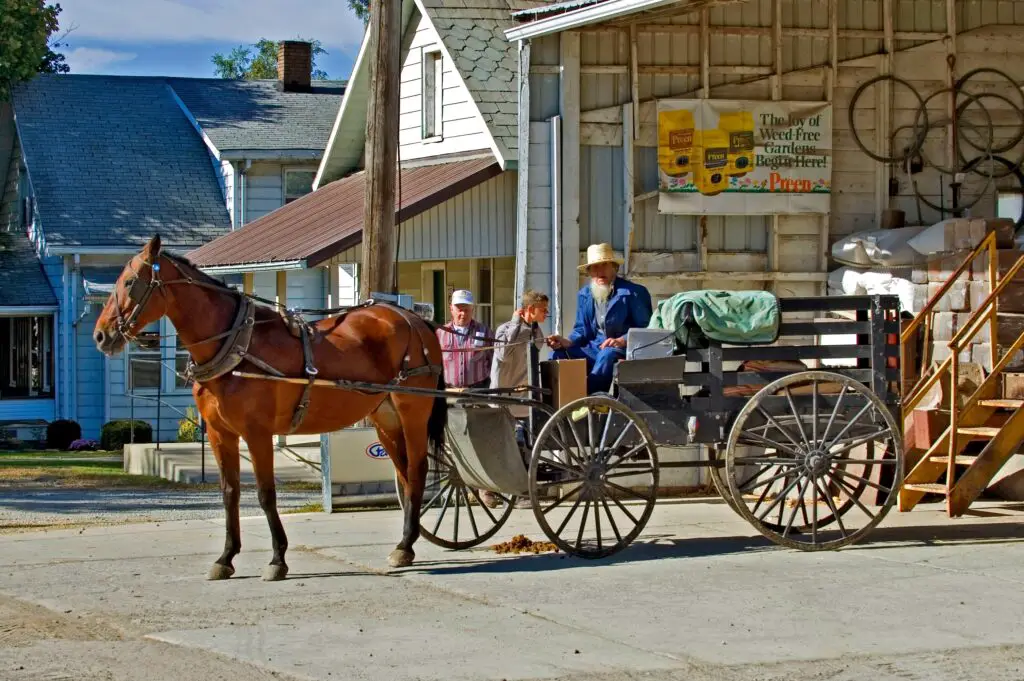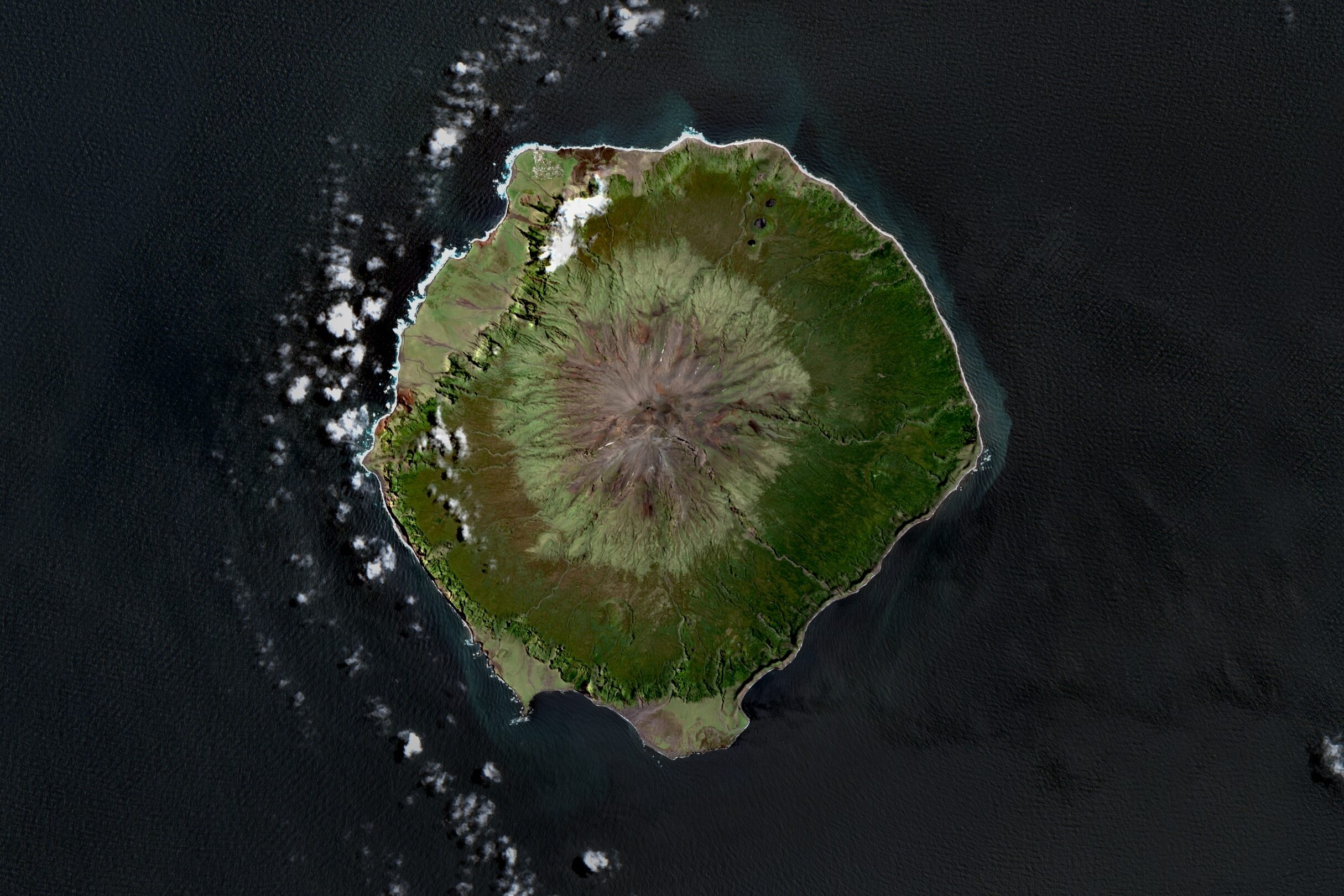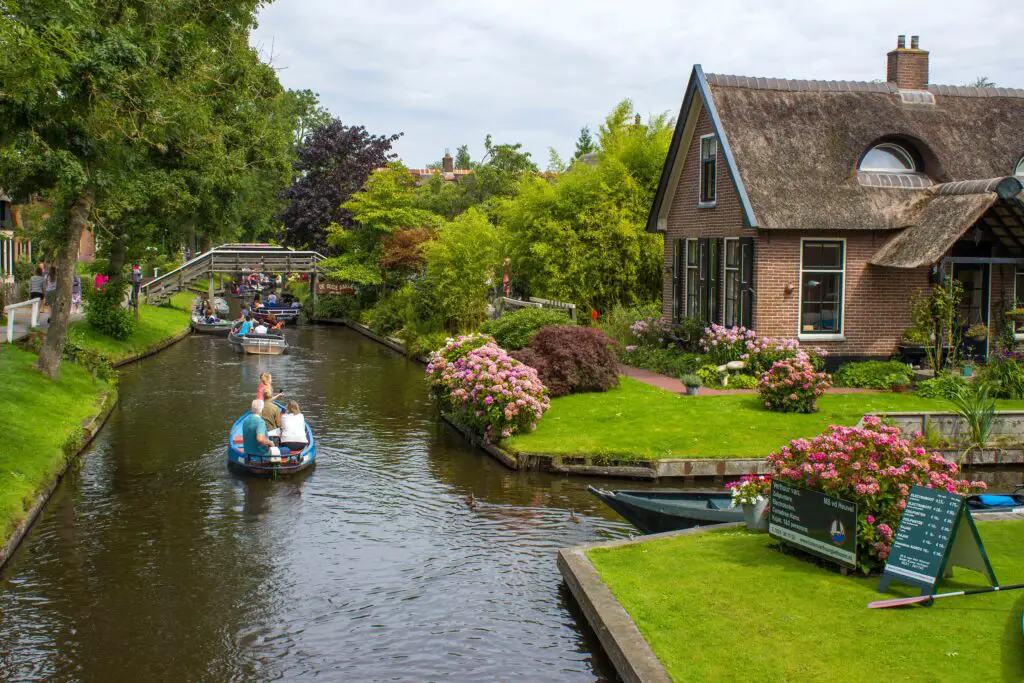1. Green Bank, West Virginia

In this quiet Appalachian town, your cell phone won’t get a single bar—and that’s by design. Green Bank sits in the middle of the National Radio Quiet Zone, a 13,000-square-mile area where wireless signals are heavily restricted to protect the nearby Green Bank Observatory’s sensitive radio telescopes. That means no Wi-Fi, no Bluetooth, and absolutely no cell towers. The town has become a sort of sanctuary for people suffering from electromagnetic hypersensitivity, a controversial condition not officially recognized by all medical communities but very real to those who experience it shares World Atlas.
Residents here live a bit like it’s the ’80s. Landlines are king, people still write checks at the store, and teens actually hang out in person. While it may sound a little isolating, many locals say the trade-off is worth it. They enjoy the slower pace of life, deeper face-to-face connections, and lack of constant digital noise adds WVTF.
2. Amish Communities, United States

The Amish are probably the most well-known group for rejecting modern technology, but the reasons behind it go deeper than just clinging to the past. For them, it’s about community, humility, and faith. They believe technology—especially when used casually—can lead to pride, distraction, and a breakdown of family life. That’s why you won’t see cell phones, TVs, or computers in most Amish homes shares the Guardian.
Interestingly, some communities do allow limited use of technology when it benefits their work or health. For example, they might use diesel-powered generators or even hire a driver with a van. But everything is carefully considered and debated before it’s accepted. It’s not that they hate tech—it’s that they’re cautious about how it might change who they are says NPR.
3. Auroville, India

Tucked away in southern India, Auroville is a spiritual community that strives to live without money, religion, or politics—and yes, without modern tech too. The city was founded in 1968 with the idea of human unity at its core. Many of its residents live off-grid, focusing on sustainable living and deep inner work. That means solar panels instead of power lines, hand-written letters instead of DMs, and actual books instead of e-readers.
While some digital tools are used sparingly for coordination, the community strongly encourages face-to-face interaction and being present. It’s not anti-tech exactly—it’s just pro-awareness. Many visitors leave their devices behind and talk about how freeing it is to live without constant pings and notifications. It’s a place where mindfulness isn’t an app—it’s a lifestyle.
4. Tristan da Cunha, South Atlantic Ocean

This tiny island, considered the most remote inhabited place on Earth, has almost no access to modern tech. Located in the middle of the South Atlantic, it’s 1,500 miles from the nearest continent. There’s no airport, limited internet, and just one satellite phone for emergencies. The roughly 250 residents live simply, fishing and farming to support their community.
Internet access exists, but it’s patchy and slow—and honestly, most people just don’t use it much. Life here is built on shared responsibilities and in-person connection. Kids play outside, adults cook meals from scratch, and everyone knows everyone else’s name. It’s not a ban out of principle—it’s a result of geography and a conscious choice to keep life simple.
5. Mount Athos, Greece

This monastic community on a Greek peninsula has been around for over 1,000 years—and they’re in no rush to join the digital age. Mount Athos is home to about 2,000 Orthodox Christian monks who have deliberately limited their use of technology to preserve their spiritual focus. Cell phones and Wi-Fi are discouraged, and some monasteries don’t even have electricity in all rooms.
They believe constant digital distraction is at odds with a life of prayer and contemplation. Even visitors must follow strict rules, including a complete ban on women and limited access to the area. Those who’ve stayed there often describe it as profoundly peaceful. When you’re not constantly checking a screen, you start noticing things—like the sound of wind in the trees or the quiet rhythm of chanting monks.
6. North Sentinel Island, India

Not only is modern technology banned on North Sentinel Island—it’s practically impossible to even get close enough to try. The Sentinelese people, one of the last uncontacted tribes in the world, have fiercely resisted outside contact for centuries. The Indian government has declared the island off-limits, not only to protect the tribe’s way of life but also to safeguard them from diseases to which they have no immunity.
They live in a hunter-gatherer society, with no use of metal tools, writing, or electricity. Helicopters that fly too close have been met with arrows. The ban isn’t about ideology—it’s about survival. It’s a stark reminder that not everyone is looking to plug in and level up.
7. Loma Linda, California

This small city might surprise you. Loma Linda is a “Blue Zone”—a region where people consistently live longer, healthier lives—and one reason for that may be their cautious embrace of technology. Home to a large population of Seventh-day Adventists, the town emphasizes rest, family, and spirituality. Many residents observe Saturday as a technology-free Sabbath day.
On that day, phones are turned off, TVs go silent, and families spend time outdoors or with each other. While tech isn’t completely banned, the community encourages intentional living and regular breaks from the digital world. Some even call it a reset button for your soul. And hey, if it helps you live to 100, maybe they’re on to something.
8. Giethoorn, Netherlands

Known as “the Venice of the North,” this Dutch village has banned cars—and while that’s not the same as banning tech outright, it does drastically change how people interact with modern life. There are no roads in the old part of town, only canals and bike paths. The absence of traffic noise means people spend more time outside, walking, biking, or boating.
Without car horns and rush-hour stress, the pace of life slows way down. While you might still find Wi-Fi in cafes, the overall vibe is refreshingly unplugged. It’s the kind of place where neighbors chat over fences and kids ride bikes instead of scrolling on tablets. By banning one major form of technology, the whole town feels like it stepped out of a storybook.
9. Buddhist Monasteries in Bhutan

Many Buddhist monasteries in Bhutan have very strict rules when it comes to technology. Monks often surrender their phones upon entering and go without screens for weeks or months at a time. The idea is to remove distractions and focus on meditation, study, and compassion. Even in schools, children are taught to limit their screen time.
Bhutan itself is famously more concerned with Gross National Happiness than GDP. Technology is introduced slowly and mindfully, with a strong emphasis on balance. The government has even banned some forms of advertising to reduce consumerism. In monasteries, this philosophy is taken further—less scrolling, more silence.
10. Faroe Islands, Denmark

Every year, for a few days, the Faroe Islands ask visitors to unplug during a program called “Closed for Maintenance, Open for Voluntourism.” During this time, tourists are invited to help with environmental projects—like fixing hiking paths and cleaning up trash—instead of taking selfies. In return, they get free food and lodging.
Locals also cut back on their tech use during this period, creating a brief but powerful collective reset. It’s a temporary “ban,” but the impact can be lasting. People rediscover how to connect with nature, with each other, and with themselves. Sometimes, turning it off is the best way to tune in.
11. Yondr Schools, Various Locations

Ever heard of Yondr pouches? Some schools across the U.S. and other countries are using them to create tech-free zones during the day. Students place their phones in locked pouches when they arrive and get them back at the end of class or school. The idea is to reduce distraction, encourage real social interaction, and improve learning outcomes.
Many students initially resist, but over time, some admit it helps them focus and feel less anxious. Teachers say classroom engagement has gone way up. These schools aren’t banning tech forever—just creating boundaries. And in a world where screen time is through the roof, that might be exactly what kids need.
